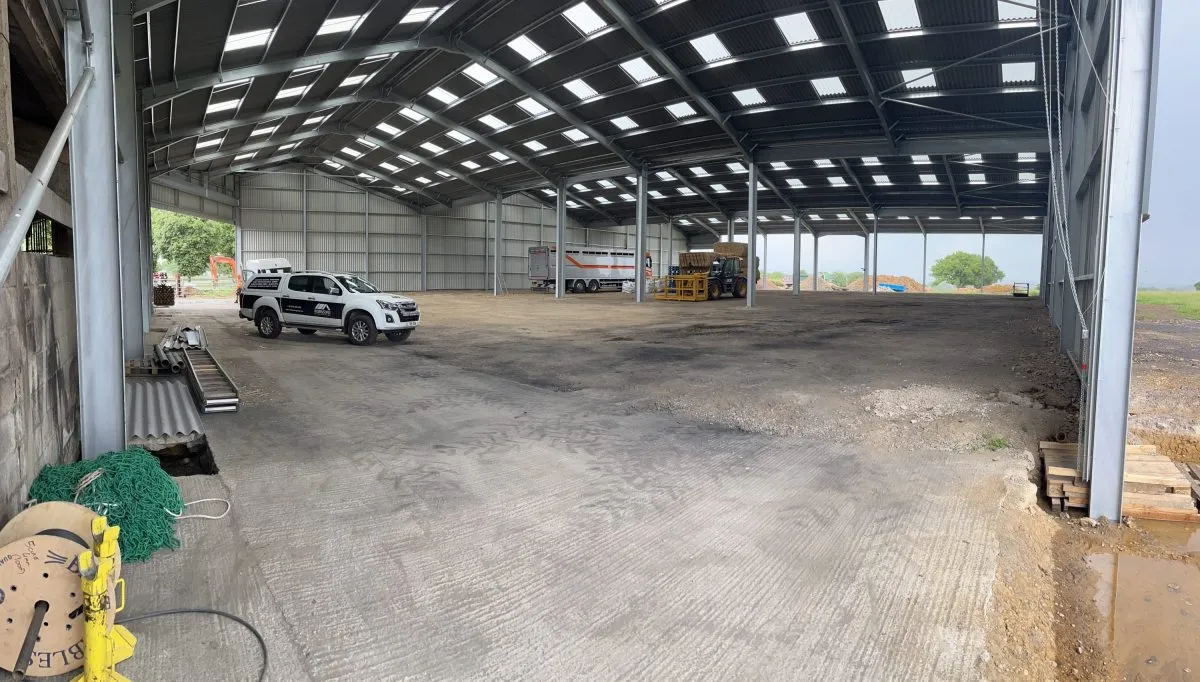- Afrikaans
- Albanian
- Amharic
- Arabic
- Armenian
- Azerbaijani
- Basque
- Belarusian
- Bengali
- Bosnian
- Bulgarian
- Catalan
- Cebuano
- Corsican
- Croatian
- Czech
- Danish
- Dutch
- English
- Esperanto
- Estonian
- Finnish
- French
- Frisian
- Galician
- Georgian
- German
- Greek
- Gujarati
- Haitian Creole
- hausa
- hawaiian
- Hebrew
- Hindi
- Miao
- Hungarian
- Icelandic
- igbo
- Indonesian
- irish
- Italian
- Japanese
- Javanese
- Kannada
- kazakh
- Khmer
- Rwandese
- Korean
- Kurdish
- Kyrgyz
- Lao
- Latin
- Latvian
- Lithuanian
- Luxembourgish
- Macedonian
- Malgashi
- Malay
- Malayalam
- Maltese
- Maori
- Marathi
- Mongolian
- Myanmar
- Nepali
- Norwegian
- Norwegian
- Occitan
- Pashto
- Persian
- Polish
- Portuguese
- Punjabi
- Romanian
- Russian
- Samoan
- Scottish Gaelic
- Serbian
- Sesotho
- Shona
- Sindhi
- Sinhala
- Slovak
- Slovenian
- Somali
- Spanish
- Sundanese
- Swahili
- Swedish
- Tagalog
- Tajik
- Tamil
- Tatar
- Telugu
- Thai
- Turkish
- Turkmen
- Ukrainian
- Urdu
- Uighur
- Uzbek
- Vietnamese
- Welsh
- Bantu
- Yiddish
- Yoruba
- Zulu
Nov . 22, 2024 08:59 Back to list
Industrial Steel Structure Buildings The Backbone of Modern Construction
In today's rapidly evolving construction landscape, industrial steel structure buildings have emerged as a dominant choice for various applications, ranging from warehouses to manufacturing plants. The rise of these structures is largely attributed to their inherent advantages in strength, flexibility, and efficiency, making them the backbone of modern industrial architecture.
Strength and Durability
One of the primary reasons for the popularity of steel structure buildings is the exceptional strength and durability of steel as a building material. Steel can withstand heavy loads, resist harsh weather conditions, and has a high tensile strength, which allows it to excel in supporting large spans without the need for numerous load-bearing walls or columns. This attribute is particularly beneficial for industrial spaces that require open areas for operations, storage, or machinery.
Moreover, steel is non-combustible, which means it does not burn and can survive extreme temperatures, making it a safer option in industries where fire risks are significant
. When properly treated, steel can also resist corrosion, enhancing the longevity of a structure; thus, reducing maintenance costs over time.Design Flexibility
Another significant advantage of industrial steel structures is their design flexibility. Steel can be manufactured into various shapes and sizes, facilitating innovative architectural designs that can meet specific operational needs. Whether it is the construction of a sprawling manufacturing facility, a sleek office complex, or a high-tech warehouse, steel structures can adapt to diverse requirements.
Pre-engineered steel buildings are a notable aspect of this flexibility. These buildings are designed and fabricated off-site, allowing for quick assembly and reduced construction time on-site. This prefabrication approach not only saves labor costs but also minimizes material waste, aligning with sustainability goals that are increasingly important in today's construction practices.
Cost Efficiency
industrial steel structure building

In the context of industrial construction, cost efficiency is paramount. The use of steel structures provides substantial economic advantages. Despite the initial higher material costs compared to traditional construction materials like wood or concrete, steel's long-term benefits often outweigh these initial expenses. The durability and reduced maintenance needs of steel structures lead to lower lifetime costs.
Furthermore, the speed of construction associated with steel buildings also contributes to cost savings. The quicker a project can be completed, the sooner it can begin generating revenue. Facilities that require minimal downtime can benefit significantly from the expedited timelines of steel construction.
Sustainability
Increasing awareness of environmental impacts has led to a demand for sustainable building practices, and industrial steel structures are at the forefront of this movement. Steel is one of the most recycled materials globally; it can be recycled multiple times without losing its properties, making it an eco-friendly choice. This characteristic supports the shift towards sustainable construction methodologies.
Moreover, modern steel structures can be designed to incorporate energy-efficient features, such as insulated panels and green roofs, which further enhance their environmental credentials. By adopting sustainable materials and practices, industries can reduce their carbon footprints and contribute positively to environmental conservation.
Conclusion
In conclusion, industrial steel structure buildings are revolutionizing the construction industry with their remarkable strength, design flexibility, cost efficiency, and sustainability. As various industries continue to grow and evolve, the need for reliable and innovative building solutions will only intensify.
The capabilities of steel, coupled with advancements in engineering and design technology, position industrial steel structures as a favorable option for meeting these demands. As we look to the future, it is clear that the continued adoption and evolution of industrial steel frameworks will play a crucial role in shaping the landscapes of our industrial environments. Whether for large-scale manufacturing, logistics, or general warehousing, the resilient and adaptable nature of steel makes it a foundational element in today's industrial architecture, ensuring it remains a vital force in the construction industry for years to come.
-
How Do Prefabricated Steel Structures Transform Modern Construction?
NewsJul.14,2025
-
How Do Prefabricated Metal Buildings Redefine Modern Construction?
NewsJul.14,2025
-
How Do Prefab Insulated Metal Buildings and Steel Structures Revolutionize Modern Construction?
NewsJul.14,2025
-
How Do Pre - Engineered Steel Structures Redefine Modern Construction?
NewsJul.14,2025
-
Advancing Modular Construction with Prefabricated Metal Structures
NewsJul.14,2025
-
Advancing Industrial Infrastructure with Prefabricated Steel Solutions
NewsJul.14,2025
Products categories
Our Latest News
We have a professional design team and an excellent production and construction team.












